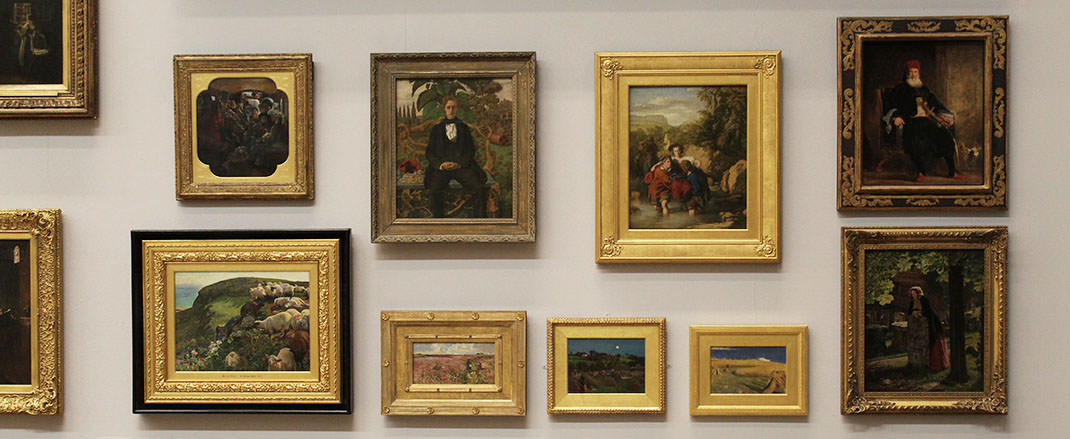Code_II
The Collapsible Frame
‘Code’ had as its central point of focus, the now ‘archaic’ computer programming language ‘Lingo’.
‘Code II’ will seek to apply the ‘CyberEbonic’ model, (that sees computer programming languages as creolised ‘inter-languages’ between human users and the machine other) to what has emerged as arguably the dominate mode of informational exchange within the contemporary era.
There exists a category of computer programs that are both powerful and ubiquitous. They are in constant and daily use but arguably remain strangely invisible, posing as ‘transparent’ portals. Created and distributed by fiercely competitive companies, they often aggressively vie with each other on a single computer to become the one that you choose to use by ‘default’. The Wall Street Journal, of the 25th September 2018, declared these programmes as the most important on anyone’s computer.
These programmes are known collectively as ‘Web Browsers’, and versions of them sit not only on our computers, but also on our mobile devices, televisions and a growing list of other devices.
From the first inception of the Web Browser, in the form of Tim Berners-Lee’s predictively named ‘WorldWideWeb’ browser of 1990, to the current wave of technically advanced browsers (at the time of writing) such as Google Chrome, Apple Safari, Microsoft Edge, Mozilla Firefox etc, the web browser presents itself as a steerable ‘window’ framing our view, and allowing us to navigate the vast informational resources of the ‘World Wide Web’.
However, it is within the metaphor of the ‘frame’ through which we view a ‘preformatted’ media object that we begin to recognise what I would argue to be, the true significance and functionality of the ‘web browser’. Within this, I would first propose a wider examination of three categories of framing device; the
(i) the ‘presentational’ frame
To start with, we view the most conventional manifestation of the ‘frame’. Within this scenario the ‘media object’, the painting, drawing or photograph contained within the ‘frame’, is totally ‘pre-formatted’. It has been created and exists independently of the frame and is to all intents and purposes ‘fixed’. The frame becomes the practical device through which this ‘fixed’ media object is presented, protected and displayed.
Beyond this, the ‘mechanism’ of the frame functions to enable the logistics display (fixing to the wall, preservation etc.). At yet another level it adds cultural and aesthetic status to the framed object by mobilising a complex and established set of conventions that imply hierarchical, historical or financial ‘value’ to the framed object.

(ii) the translatory frame
Another, more complex category of ‘framing device’ would be one that transforms media content from one form, often the form in which it is stored and distributed, to another form, the form in which that content is ‘displayed’.
The classic manifestation of such a ‘framing device’ would be the
In the case of a modern monitor, this stream of data, expressed in a digital ‘mother tongue’, is received and translated into a gridded collage of coloured picture elements (pixels) known as a ‘raster image’ or ‘bitmap’. If viewed at sufficient distance and at sufficient density this collage of pixels can be interpreted by the human eye as representing an ‘image’. If a sequence of these ‘images’ are flickered in front of our eyes at a sufficient ‘frame rate’, then ‘persistence of vision’ enables our brain to interpret the ‘movement’ of film and video sequences.
What is important within this analogy however is that there is no ‘interlanguage’ or ‘creole’ for the bitmap image. (This makes it slightly different from the mathematically derived realm of the ‘vector image’ or equation driven ‘fractal image’ where a numerically expressed creole or inter-language could be argued to exist.)
However, the ‘bitmap’ (and its related forms) exist in an ‘indigenous state’, its ‘mother tongue’ of digital data, from the point that it is generated in response to some exterior analogue state (light falling onto the imaging chip of a digital camera or analogue soundwaves vibrating within a microphone) to its point of retranslation into analogue image or sound by the monitor.
If we wish to manipulate this stream of data, we are generally reliant on some type of ‘translation metaphor’, a device or tool that is able to convert the digital data into an analogue equivalent form, enabling our intervention, and then translating it back into it’s digital ‘mother tongue. These ‘translation metaphor devices’ often present us with an ‘interface’, a visual facsimile of a ‘real world’ creative space. Often expressed as a space with ‘tools’, ‘brushes’, ‘pens’ and a palette of ‘paints’ allowing us to enact embodied analogue creative gestures that are then translated back into the dense digital mother tongue spoken by the computer and its digital siblings.
In many ways the metaphor of landing in a foreign country and being met by a local guide could be used here. The guide is fully conversant in both your language and the indigenous language of the country. Her job is to translate directly from one to other enabling you to navigate the space, but only with her guidance. There is no ‘inter-language’, no ‘pidgin’, no creole, not even a language of shared signs that you can deploy to speak directly with the indigenous speakers. Their language is too deep, too complex and too nuanced. Yours is too basic.
So, you trust the translator. She will be your ‘interface’.
This brings us to our finally metaphorical frame, one I will refer to as ‘interpretive’.